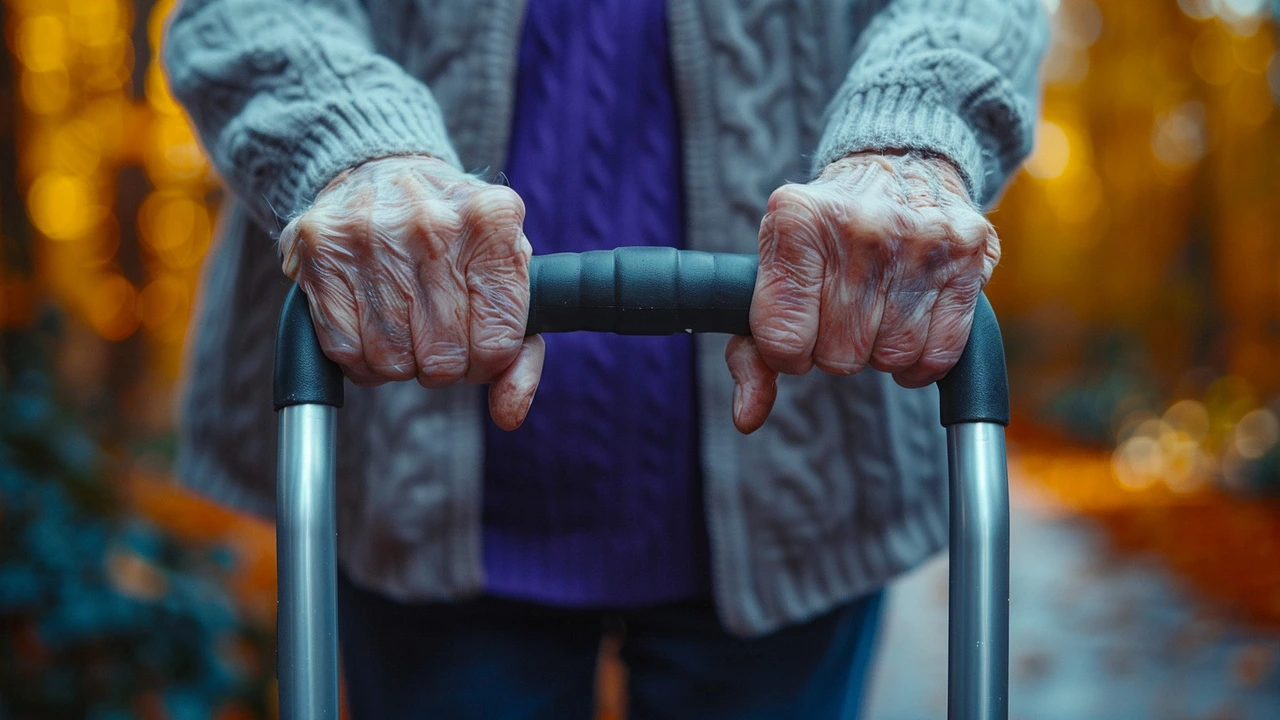The Alarming Survival Statistics of Hip Fractures in Seniors: Understanding Risks and Management
Posted by Declan Venter
0 Comments

Hip fractures in older adults present a stark challenge to health care systems and families alike. A new study published in JBMR Plus sheds light on the daunting survival rates of seniors who suffer from these injuries. Shockingly, the study found that at least 30% of older adults who experience a hip fracture perish within a year, a statistic that surpasses the survival rates of several cancers. Analyzing health data from nearly 100,000 Canadians aged 65 and older, researchers drew attention to the severe outcomes associated with these fractures.
Breaking down the demographics, the results are even more concerning. Less than one-third of affected men and only half of the women survive for five years post-fracture. Those in their oldest years, particularly individuals older than 85, face the bleakest prospects. While women generally endure better post-fracture outcomes than men, they are also initially at a higher risk of fracturing their hips.
The peril of a hip fracture extends beyond the break itself. Medical professionals stress that the mortality associated with these fractures principally stems from subsequent complications. Such complications can range from blood clots and muscle atrophy to infections and heart failure. The necessary immobility during recovery can spearhead a range of additional health issues, including severe depression and overall health deterioration. This immobility typically results in patients being bed-bound, which in turn can trigger a spiral of declining independence and health.
The impact of hip fractures is daunting not just for the patients but also for their families and the healthcare system. The extended periods of hospitalization and rehabilitation needed post-fracture impose significant economic and emotional strains. Moreover, the loss of independence and severe health complications necessitate often prolonged and specialized care, further increasing the burden on caregivers and medical facilities.
Given this grim reality, it is paramount that older adults and their caregivers are vigilant in preventing falls which might lead to hip fractures. Experts recommend staying physically active, ensuring a well-balanced diet, and maintaining healthy bone density as preventive measures. Medical evaluation and treatment are critical if a hip fracture is suspected, as timely intervention can significantly alter the prognosis.
Furthermore, the study underscores the critical need for enhanced medical protocols and better support systems to not only manage but ideally prevent hip fractures. Innovations in medical treatment, rehabilitation techniques, and home safety adaptations are essential components in addressing this issue. Similarly, educating seniors and their families about the risks and preventive strategies for hip fractures could help mitigate these dire statistics.
In conclusion, while the prognosis for hip fractures in older adults can be severe, understanding and addressing the underlying causes and potential complications can improve outcomes. This includes better healthcare strategies, supportive care, and preventive measures which can collectively enhance the quality of life for our aging population.